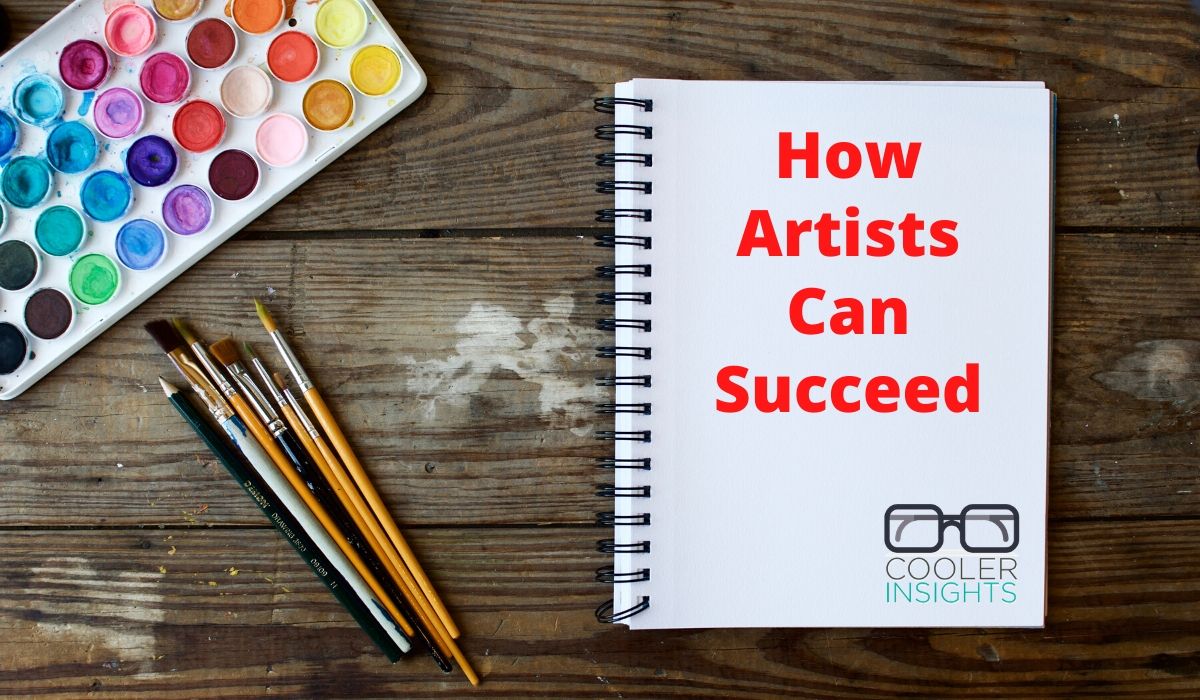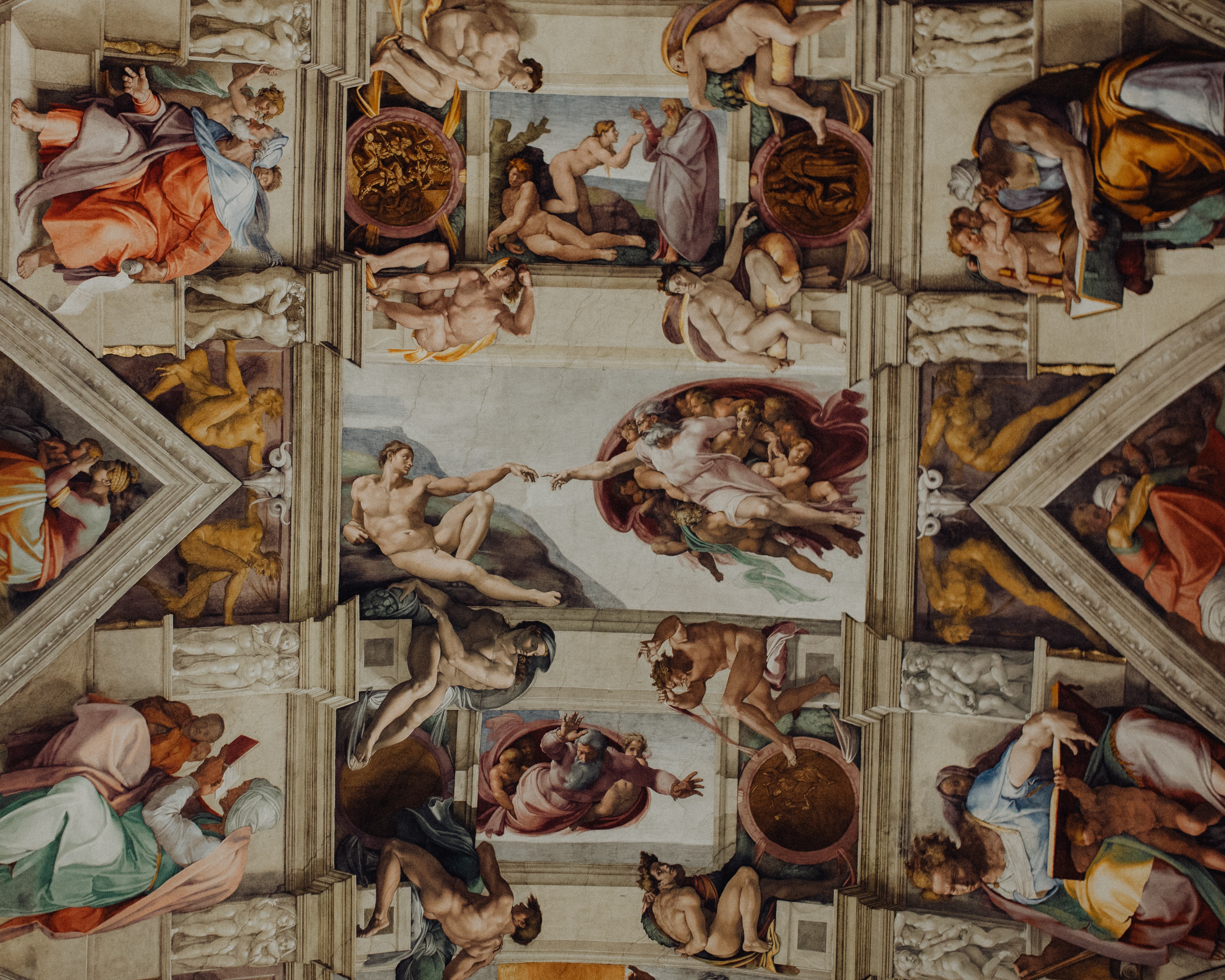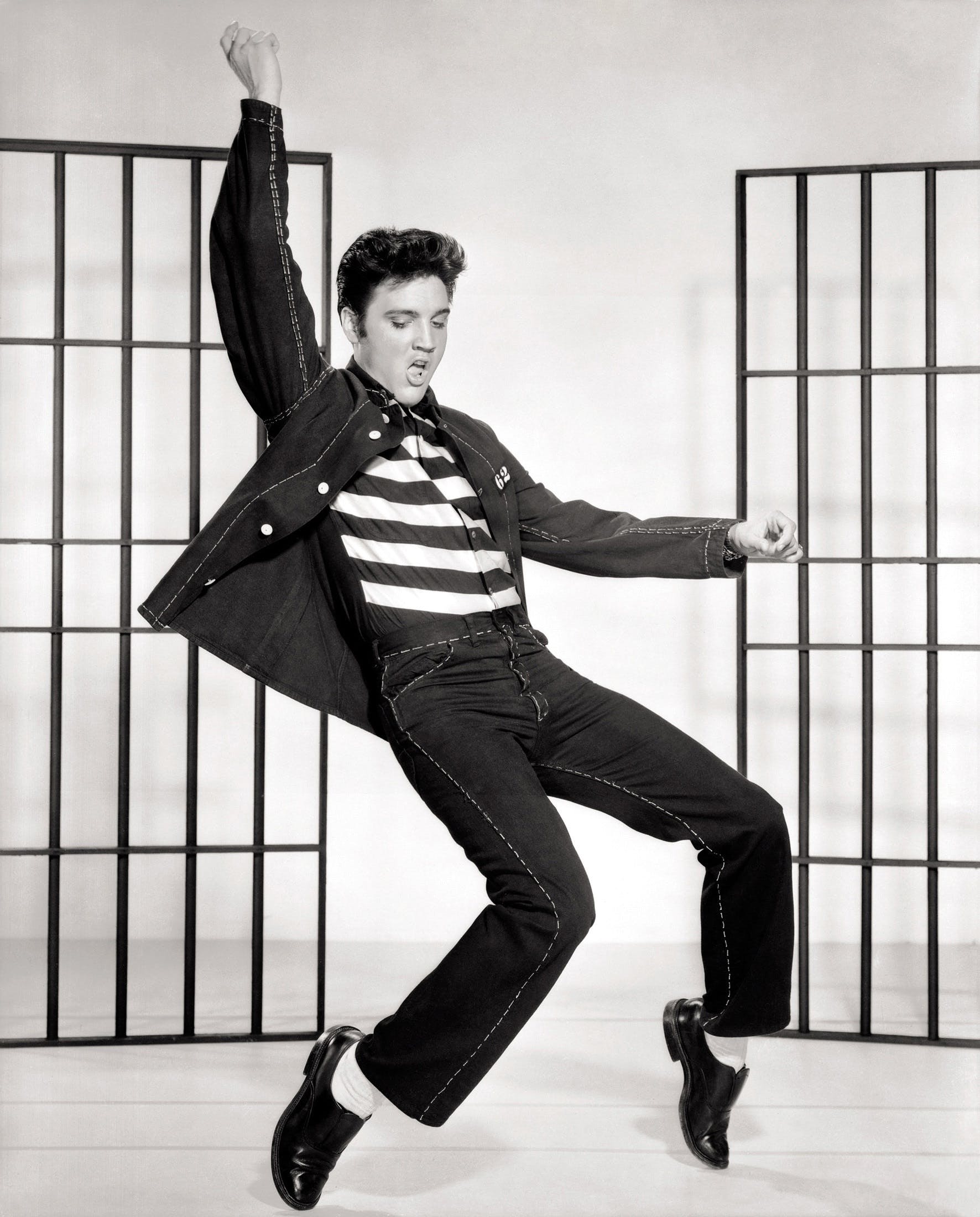
Wish to make a livelihood out of your creative endeavours? Turn your art into business—or your business into art?
In this article, you will learn useful strategies that can turn your artistic or entrepreneurial dreams into reality. These are drawn from the book Real Artists Don’t Starve by bestselling author Jeff Goins.
Before we begin, we need to answer two important questions:
- What is a work of art?
- Who is an artist?
Contrary to popular belief, art isn’t just a painting on a canvas, a musical, or a book. While those certainly qualify as works of high artistic endeavour, your works of art may also be entrepreneurial ventures, communities, websites, or professional services.
In short, they are the creative gifts that you—the artist—share with the world.
According to Goins, a real artist shouldn’t be hungry or penniless. Quoting from the book:
“If you don’t want your best work to die with you, you must train yourself to think and live differently than the ways we’ve been told artists behave. Don’t starve for your art. Help it thrive.”—Jeff Goins
So how do you become a thriving (rather than starving) artist in the digital age?
The Story of Michelangelo

Few knew that Michelangelo had an estimated fortune of about US$47 million (today’s equivalent) or that he was the richest artist of the Renaissance.
While he is widely known to be the painter of the Sistine Chapel or the sculptor of David, Michelangelo Buonarroti’s true genius was in becoming a thriving artist. To do so, he apprenticed himself to other masters, borrowed (or “stole”) ideas from multiple influences, negotiated hard for a good deal (even with the Pope), cultivated patrons, and practiced in public.
A polymath, he mastered artistic skills and built a portfolio career—beyond painting and sculpting, Michelangelo was a poet, an architect (he designed St Peter’s Cathedral), and an civil engineer. At one point, he had over a hundred stone workers under him; hence he wasn’t just a creator but an entrepreneur, leader and manager.
12 Principles of a Thriving Artist (versus a Starving Artist)
To thrive in the “New Renaissance”, you need to abide by the 12 principles of a Thriving Artist. At the same time, you need to avoid the wrong beliefs of the Starving Artist.
Here are the tenets of a Thriving Artist embodied by Michelangelo and other successful artists:
- The Starving Artist believes you must be born an artist. The Thriving Artist knows you must become one.
- The Starving Artist strives to be original. The Thriving Artist steals from his influences.
- The Starving Artist believes he has enough talent. The Thriving Artist apprentices under a master.
- The Starving Artist is stubborn about everything. The Thriving Artist is stubborn about the right things.
- The Starving Artist waits to be noticed. The Thriving Artist cultivate patrons.
- The Starving Artist believes he can be creative anywhere. The Thriving Artist goes where creative work is already happening.
- The Starving Artist always works alone. The Thriving Artist collaborates with others.
- The Starving Artist does his work in private. The Thriving Artist practices in public.
- The Starving Artist works for free. The Thriving Artist always works for something.
- The Starving Artist sells out too soon. The Thriving Artist owns his work.
- The Starving Artist masters one craft. The Thriving Artist masters many.
- The Starving Artist despises the need for money. The Thriving Artist makes money to make art.
In the book, these 12 evergreen principles are organised into three main sections: Mindset, Market and Money.
While the examples came from a mix of different industries and genres, they are certainly applicable to the digital age.
Start with a Successful Mindset

To enjoy a thriving and long-term career as an artist, you need to change the way you think. Here, Goins suggests that you should adhere to the following ideas.
Work hard to acquire your skills, and don’t just depend on what your genes has gifted you with. Re-create yourself constantly—like former Chicago Cubs base ball player Adrian Cardenas who pivoted to becoming a writer.
Steal ideas from others, but don’t just plagiarize their work—instead, adapt, modify and mash-up their work with yours. (Goins calls this the Rule of Creative Theft.)
Become an apprentice to a master. Look for mentors, coaches and advisors who have skills, connections and talents that surpass your own.
Be “strategically stubborn” like Steve Jobs and Jeff Bezos—be willing to take criticism and modify your work accordingly. Embrace the motto of Amazon.com which goes like this: We are stubborn on vision. We are flexible on details.
Ways to Find Your Art’s Market

Elvis Presley would never be “The King” if he hadn’t cultivated a patron like Sam Phillips. Like Elvis, you need to proactively seek a patron, and seek to impress them with your art. Give them value first before you ask for the favour.
Go where the market is—even if it means that you have to uproot yourself to join a new community. Also known as The Rule of the Scene, the main idea is to plug yourself into existing ecosystems of artists, technologists or other intermediaries. (Read my article on Richard Florida’s ideas here.)
Work with others and bounce off ideas with them. J. R. R. Tolkien and C. S. Lewis regularly met with a group called the Inklings, who helped refine the story for Tolkien’s epic The Lord of the Rings.
Publish your art and listen to the public’s feedback. Practice in public and learn what works and what doesn’t. Led Zeppelin did so, and this helped their fourth album Stairway to Heaven to become a rock masterpiece.
Make Money From Your Art

A thriving artist is one who is comfortable with talking about money. Here, Goins provides us with several useful rules to follow.
Consider The Rule of Value—charge for what you’re worth. Doing so brings dignity to your work. Don’t just work for free for the “opportunity” (I can fully attest to the effectiveness of this rule.)
Keep owning your work or hold on to it as long as you can. Don’t sell out too soon. By keeping his shares to Facebook, Mark Zuckerberg became a multi-billionaire instead of just a multi-millionaire. (Although the point isn’t so much the money but to avoid having to depend on gatekeepers.)
Be a portfolio artist with a diverse body of work. Like Michelangelo, seek to master multiple skills to get the job done.
When I left my job as a public relations director, I acquired multiple skills in content marketing, social media marketing, and training (I’m an ACTA-certified trainer)—these steps allowed me to build a business around multiple streams of income as an entrepreneur and artist. (You can check out my LinkedIn profile to see what I’ve done beyond my day job.)
Finally, seek to make money so that you can make art. While working purely for money should never be your goal—it won’t bring you happiness or meaning if you just focus on it—you can’t create art if you are starving.
This is beautifully articulated by Jeff Goins’ Rule of the Gift, which I quote:
“…if art is your duty, then you must create. The nature of a gift is that it is to be given away, so the first duty of an artist is to do your work. There is a spirit of generosity in every creative act, but to embody this generosity we cannot starve. We must be creating with full bellies and full souls, and so the second duty of an artist is to make money to make art.”
Conclusion
Enriched with numerous case studies and examples from the worlds of art, business, and technology, Real Artists Don’t Starve shares useful ideas for entrepreneurs and artists alike to consider.
As a creative entrepreneur myself—I blend art, science and technology as a content strategist, trainer and agency owner—I found book a refreshing read.
Do check it out yourself and get a copy. It is highly recommended for sure!

